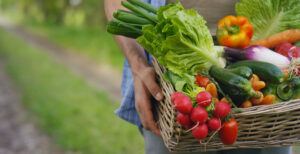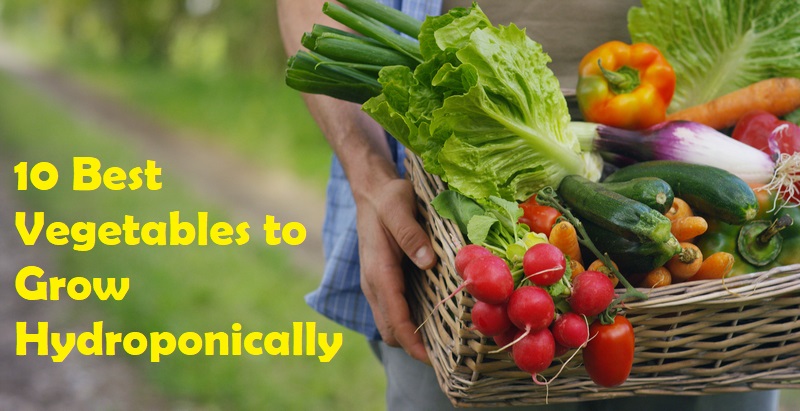==================
A Caveat and Affiliates
First off, a little caveat: within my articles you will find affiliate links, meaning if you buy them, I get a small commission. Your cost is not affected. In addition, I am an Amazon Associate and I earn from qualifying purchases on Amazon.
And yes, if I say that I recommend a product here, it means I truly believe it is a good product. I refuse to recommend any product that I have not researched and believe to be a good value.
Even better, I provide you with a very clear picture of the product, it’s use, and the probable value.
Earning your trust is important to me. I run this website myself and the commissions and donations help support the site.
Sound reasonable and fair enough? Let’s continue to the article.
==================
Best Vegetables to Grow Hydroponically
Considering embracing a sustainable lifestyle? Growing plants hydroponically might be your first step. Check out these top best vegetables to grow hydroponically!
Growing corps at home using hydroponics systems are becoming incredibly popular. New farmers who are thinking about this technique often wonder what are the best vegetables to grow hydroponically. They look for corps that are easy and can deliver the best possible yields.
There’re various reasons why gardeners are turning to this method of growing. Whether you want to save the planet, don’t have a garden, or save a few dollars on your grocery, hydroponics is an excellent way to grow plants and get a fresh supply of fruits and vegetables all year round.
You should know that not every vegetable can thrive in a hydroponic environment, but many do. That is why I have bucketed this list of the best vegetables to grow hydroponically. You will find some of these very easy, while others may ask for a bit more space and effort. But nonetheless, all of these vegetables are worth adding to your hydroponic system.
Hydroponics is a technique for growing plants without soil. You just need to add nutrients and minerals into the water, so the plants can produce fruits and vegetables. Using hydroponics you can grow just about anything. Read on for some of the best vegetables to grow hydroponically!
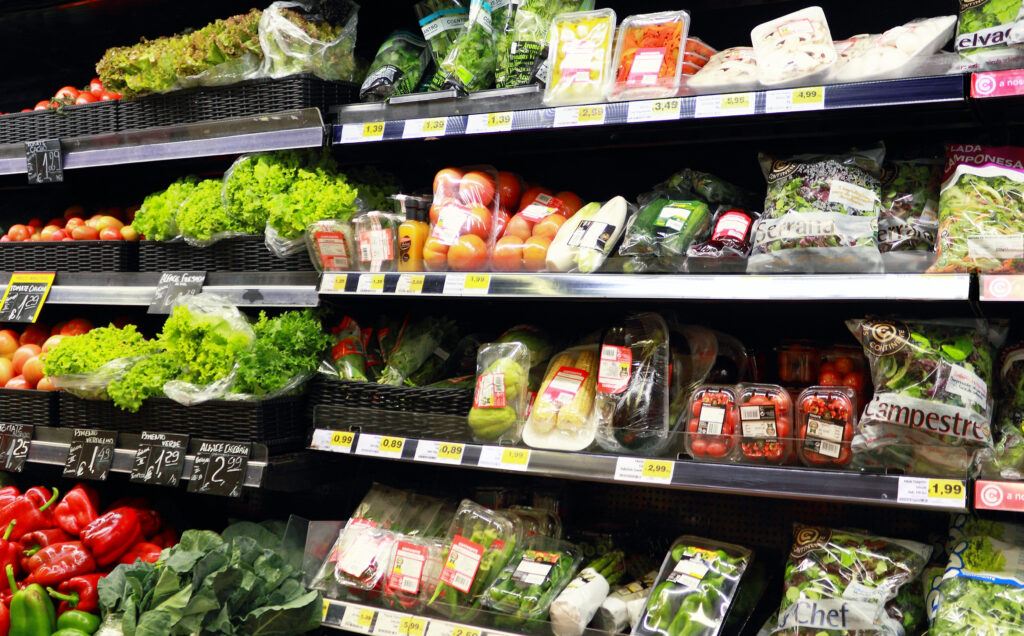
Benefits of Hydroponic Vegetables
Hydroponics-grown vegetables are the ones that you grow in a nutrient-filled water medium instead of in soil. Some benefits of growing vegetables hydroponically include:
-
Same Taste, Visual Quality
A team of researchers of the University of Nevada’s nutrition department undertook a comparison of hydroponically grown lettuce with greens and soil-grown lettuce. They then assembled a sensory panel of 23 members, rating five types of lettuce – red leaf, butter, green leaf, iceberg, and romaine that had been conventionally, hydroponically, and organically grown.
The panel rated examined lettuces with criteria, including taste, odor, visual quality, and texture. In their report, researchers stated that the members of the panel found no difference and liked all the lettuces.
-
Prevent Pests and Disease
Obviously growing vegetables hydroponically cannot prevent threats posed by pests and disease, it can reduce them dramatically. According to Hydroponic Solutions, it states that infectious agents and pests are soil-borne. So, growing vegetables hydroponically can prevent or reduce these threats.
To reward the remaining threats, their research suggests some common preventive measures. For example, the use of only sterile tools and gardening equipment for your hydroponics project, and then ensuring to keep things sterile throughout the process can keep your plants healthy.
With the reduction of pests and disease, you won’t necessarily need to use chemical agents. It also helps the production of vegetables and fruits with no or minimal exposure to chemicals.
-
Maximize Grower’s Control
One of the advantages of hydroponically grown vegetables is that you can carry the process in an open or a greenhouse-type environment. However, the latter is preferable. Although the initial investment is expensive, using a greenhouse environment to grow vegetables hydroponically allows you to harvest all year round, increasing the crop’s yield.
Moreover, it also allows you to cultivate vegetables in areas, such as polar regions or deserts that are otherwise unsuitable to farming. Furthermore, it also maximizes the grower’s control, which is essential for increasing yields.
So, what are the best vegetables to grow hydroponically?
Best Vegetables to Grow Hydroponically
1. Lettuce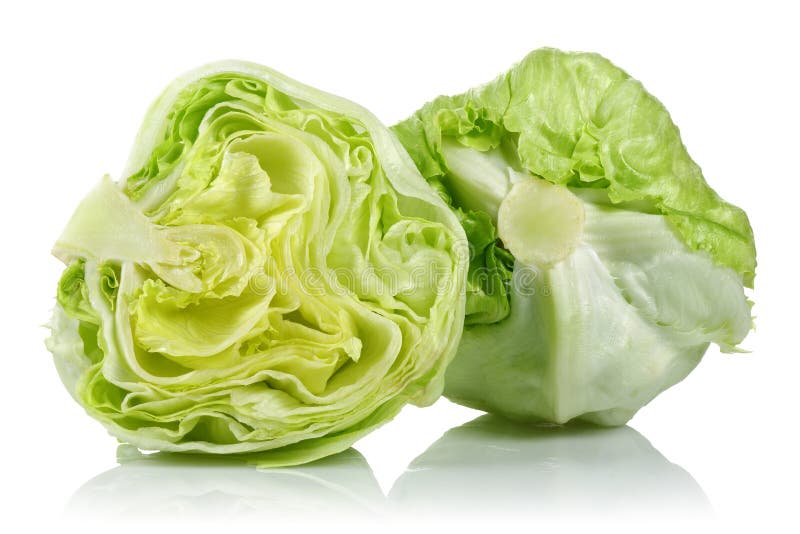
Lettuce is one of the most common vegetables to grow hydroponically. The vegetable is perfect for your sandwiches and salads. Since it is easy to grow and requires minimal attention, leaf lettuce is an outstanding option for any hydroponic system. Moreover, the vegetable also has an incredibly fast growth, which means you will get a consistent supply of fresh lettuce all year round.
You can grow lettuce in any hydroponic system, including Flow, Ebb, NFT, and more. Since it is easy to grow, this might also be your first choice if you want to try hydroponic farming for the first time.
You can also harvest the external leaves, which means you will get fresh, prolonged, crunchy lettuce. As you cut the leaves, you will notice the internal leaves growing rapidly to occupy their place.
Moreover, there are a number of varieties to choose from, and many of them are suitable for hydroponics systems. It includes Boston, Tom Thumb, Romaine, New York, Simpson, Iceberg, Waldman’s Dark Green, and Buttercrunch Bibb.
Key Points
- Lettuce generally likes cool temperatures.
- Keep the temperature between 50F to 70F.
- pH levels should remain between 6 to 7.
- They may take a month or less to grow.
- Lettuce also loves a high nitrogen level.
2. Kale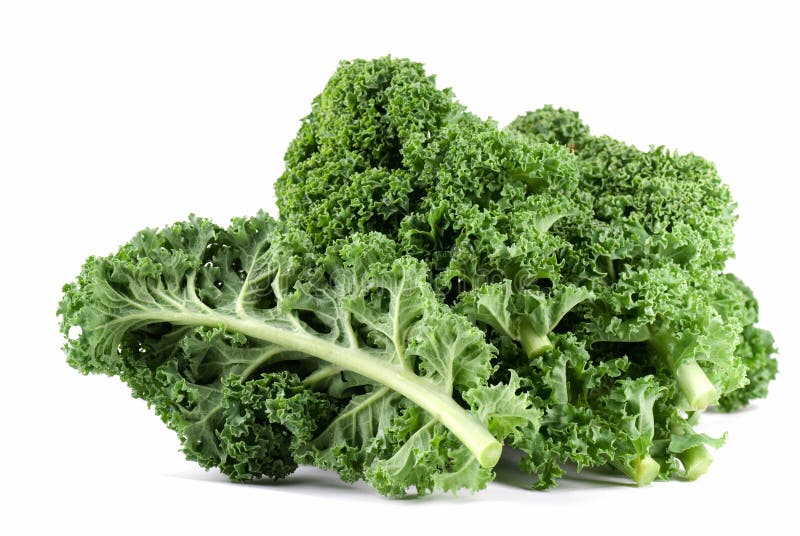
If you’re a fitness freak like me, kale might be your best option for your hydroponic system. This incredibly nutritious and delicate vegetable is an outstanding vegetable for anyone looking to stay strong and healthy.
It is also one of those vegetables that have been grown in hydroponic systems for decades. So, it is obvious that they will easily thrive in your hydroponic system. You can use a nutrient film technique (NFT) or deep water culture (DWC) to grow kale.
Moreover, the vegetable is also easy to maintain and performs well in moderate temperatures. It is a richly flavored green, making it an essential part of food marts and fancy kitchens.
Whether you want to grow it indoors or outdoors, the vegetable will flourish and yields quite rapidly in almost any setup.
Key Points
- Ideal pH levels for kale range from 5.5 to 6.5.
- It thrives in moderate temperatures.
- Ensure that the temperature remains between 60F to 75F.
- You can germinate kale at low temperatures (40F).
- Its seeds take about 5 to 7 days to germinate.
3. Tomatoes
If you are considering growing tomatoes hydroponically, it means you understand your system and now want to jump to the next level. Tomatoes are another best vegetable to grow hydroponically. It ensures a consistent supply of fresh tomatoes all year round.
They are warm-weather vegetable plants and thrive at a temperature similar to cucumbers. However, they do prefer an EC level ranging between 2 to all the way up to 5. It means you will need a separate system to grow tomatoes. But if you don’t have a separate hydroponic system, you can grow them with other plants that can thrive at the same level.
You can grow tomatoes from seeds, however, I recommend cuttings or seeding because it takes a lot of time to grow fruiting plants from seeds. The plant has various varying types, but he vining varieties are more popular because they are easy to harvest and control.
Key Points
- The ideal pH levels for tomatoes range from 5.5 to 6.5.
- The plant thrives in a temperate range between 58F to 79F.
- Ideal EC levels for growing tomatoes are between 2 to 5.
- Growing tomatoes from cutting are popular because it takes less time for fruiting plants to grow.
- Make sure to grow tomatoes in a separate system or with plants that can thrive in the same EC levels as tomatoes.
4. Beans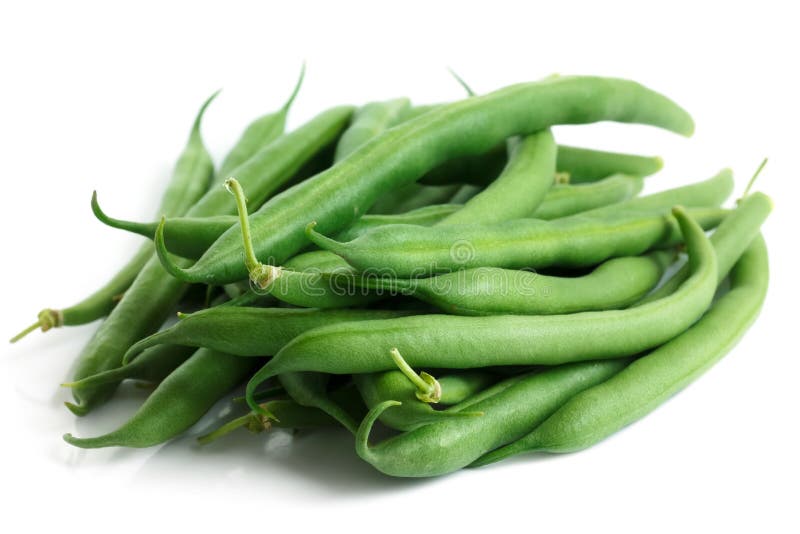
Beans are yet another best vegetable to grow hydroponically. They are incredibly productive and require low maintenance, making them perfect for your hydroponic system. Since they are an important part of various dishes, growing them in your home will ensure you a fresh supply of beans when you need them.
When it comes to beans types, you can choose anything from green, string, pole, or pinto beans. Although lima beans aren’t that common, you can grow them at home as well. If you wish to fill your system with string or pole beans, you will require a trellis to make sure the plants have dual support when they are growing.
Keep in mind that beans germinate may take three to eight days, which means you can start harvesting after 5 to 7 weeks. After harvesting, you are all set to continue growing your beans crop for another 3 to 4 months.
Key Points
- Ideal pH levels for beans range between 6.0 to 6.3.
- They thrive in warm temperatures.
- Use trellis for providing support to the plants.
- Beans prefer Ebb and Flow hydroponic systems.
- Since hydroponic systems have total control of climate, you can grow them all year round.
5. Spinach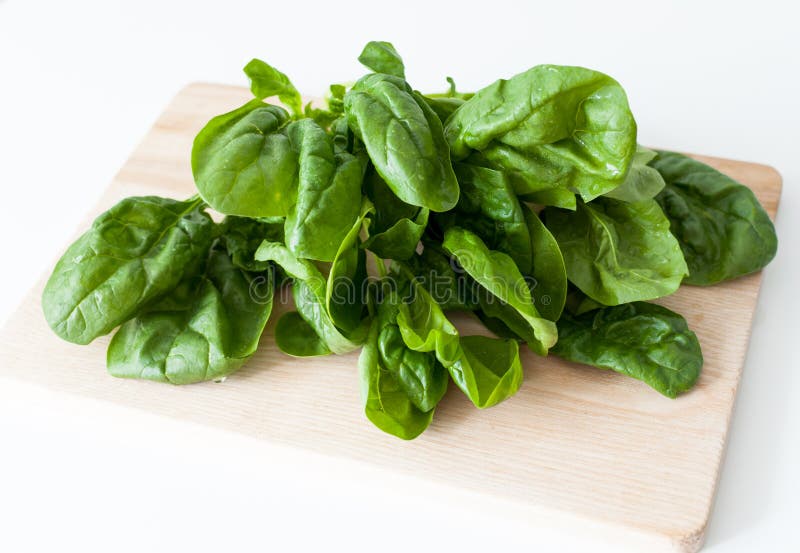
Spinach is one of the fast-growing hydroponic vegetables that you can grow in your home. While the vegetable can thrive in almost all kinds of hydroponic systems, it prefers having a nutrient film technique (NFT). However, if you aren’t familiar with this system, you can go for any other technique that is duly oxygenated and keep the soil nutrient-rich.
Like any other hydroponic farming, you will need considerably less water for spinach as compared to soil-grown farming. Apart from that, you can easily grow the vegetable from scratch when there are only seeds.
In some systems, spinach may take 30 to forty days to grow. If you are considering growing spinach, ensure that to keep the temperature between 65F to 72F. It is because in the case of a lower temperate than this, the plant may take more time to grow.
Whether you want to grow Savoy, Catalinas, Red Cardinal, or Bloomsdale, all of them are incredibly easy to grow and care for.
Key Points
- Spinach grows fast in temperatures ranging between 65F to 72F.
- They may take up to 40 days to grow.
- Ensure that pH levels are between 6.0 to 7.5.
- You can grow them in any type of hydroponic system, but I recommend using NFT.
6. Cucumbers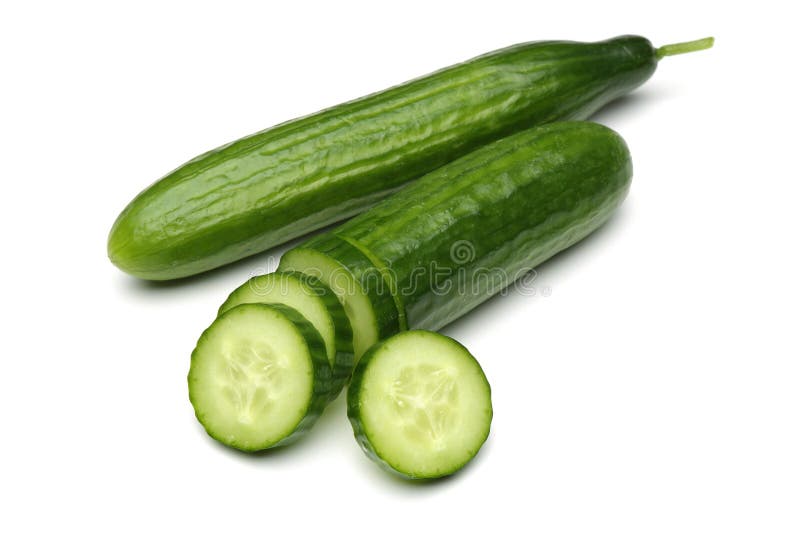
Cucumbers are also one of the best vegetables to grow hydroponically. Growing cucumbers can be incredibly rewarding because they love the environment they are given. However, for optimal growth, make sure to keep the conditions warm, moist, and nutrient-rich.
The yields are amazing because they can quickly become one of the best and highest-yielding veggies you can have. Growers may find the seeds pricey for a good hybrid strain, but the fruit that per seed can bear perfectly justifies the cost.
However, the most challenging part of cucumber growth is the fact that they are vining plants and require trellises. It means the vegetable is more suitable for systems, such as drain and fluid or bucket because there they will find growing medium to support.
Moreover, also be aware of pests, such as thrips, mites, aphids, and whiteflies. These insects like to damage cucumber crops.
Key Points
- Cucumbers like a pH of 5.8.
- The crop thrives in EC levels ranging between 2.8 to 2.
- You can grow cucumbers in temperatures ranging between 60F to 82F.
- Make sure to use trellises for providing support.
- Provide them nutrients, warmth, and moist conditions for optimal growth.
7. Radishes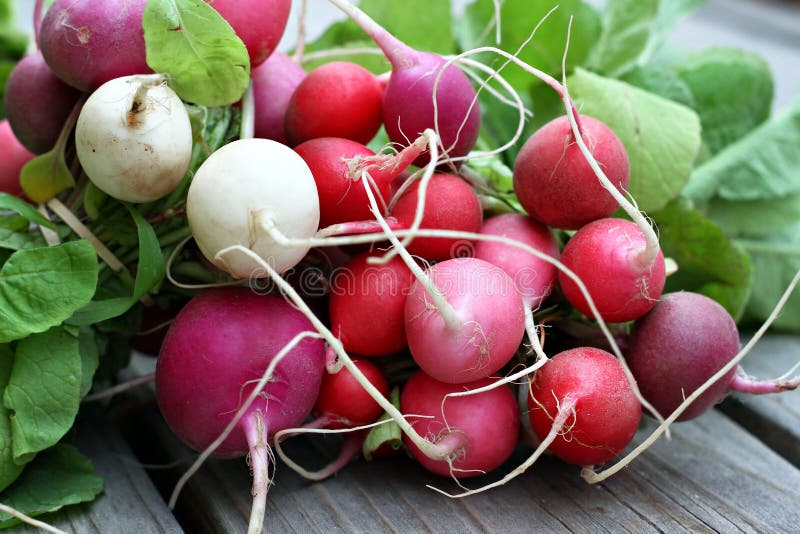
Unlike any other root vegetable that isn’t suitable for growing hydroponically, radishes are different. Since they easily thrive in cool conditions, you can accompany them with a few other vegetables on the list. They also grow fast and mature rapidly. Radishes are easy to care for, so you don’t have to put much effort.
However, I do not recommend seeding to grow radishes. It is better to use seeds to grow radishes in your system. From germination to harvesting, they take at least three to four weeks. In addition, if for staggering planting, you can harvest the plants all the way through the year.
Moreover, since they are cool-weather plants, you can use hydroponic systems with temperatures ranging between 72F to 76F for optimal growth. The common problem with radishes is they may bolt if you don’t keep them mist. Furthermore, they may suffer root rot due to overwatering.
Key Points
- They prefer EC levels ranging between 1.6 to 2.2.
- The temperature should be between 50F to 65F. However, for a longer radish variety, it can be between 72F to 76F.
- Ideal pH levels are between 6 to 7.
- They need at least 8 to 10 hours of light.
8. Peppers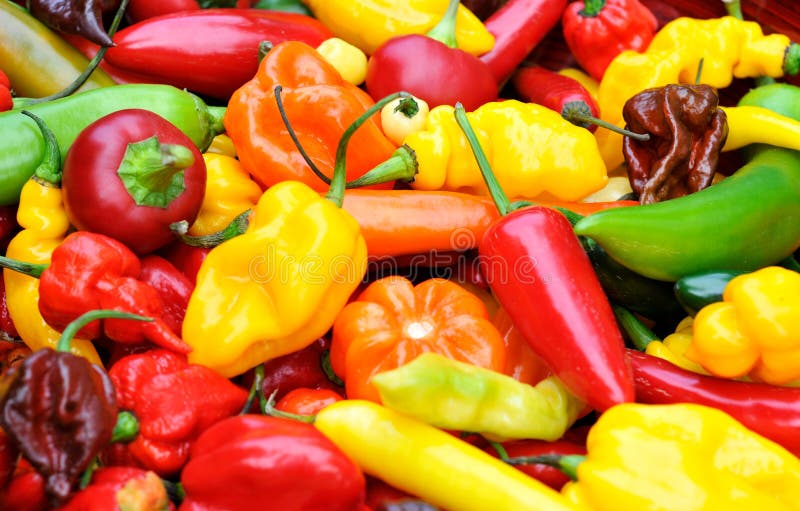
Pepper is also a good vegetable to grow hydroponically. You can grow them in any season. Another benefit of growing peppers hydroponically is that the yields are far bigger than the conventional-grown peppers. It means the fruits are of much better quality and large as they get what they need to grow their genetic potential.
If you wish to grow peppers, I recommend using Ebb or flow systems. However, they can be comfortable with other systems as well until they have a good base of media support. Moreover, peppers can grow quite large, which means they may need additional space of 7 to 9 inches between each plant.
Furthermore, make sure to keep the lighting at least 8 inches above the plants to avoid scorching. They also need an adequate amount of nighttime hours. Due to their temperature requirements, they can be an ideal companion for tomatoes and cucumbers.
What’s more, they may also need a bit more attention during their growth. It is because the stem buds need regular pruning when the plant hits 8 inches of height.
Key Points
- Peppers prefer a temperature ranging between 73F to 80F.
- Ideal pH levels range between 5.5 to 7.
- EC levels shouldn’t fall or exceed the 3 to 3.5 limit.
- The plants need up to 12 hours of lighting and no less than 10.
- I recommend leaving a space of up to 8 inches between each plant.
9. Celery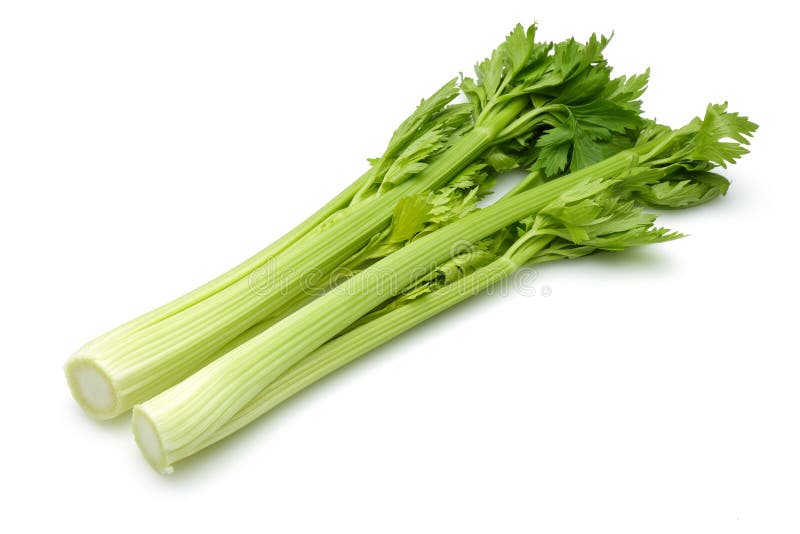
Unlike any other hydroponic vegetable on the list, you may find celery the hardest one to grow hydroponically. However, it doesn’t mean you cannot grow it in a hydroponic environment. The seeds may take up to 2 weeks to germinate, which is fairly long as compared to other veggies on the list.
So, a more popular alternative is to use a stalk of the vegetable that you can buy from the market. If you have the stalk, cut it two inches from the bottom and put it in a plate having room temperature water. You will notice the growth within a week. Since celery loves a lot of water, I recommend using a deep water system.
Both germination and harvesting process can take up to 4 months after your plantation of seeds. Also, it may take a long time to reach maturity and harvest. It means they can test your patience. However, growing celery can be an amazingly rewarding experience considering its market cost.
Key Points
- Celery prefers a pH level of 6.5.
- EC levels should be between 1.8 to 2.4.
- The daylight temperature ranging between 58F to 80F is ideal.
- Celery has a minimal lighting requirement of only 6 hours.
- You can accompany them with lettuce or any other cool-weather crop.
10. Spring Onion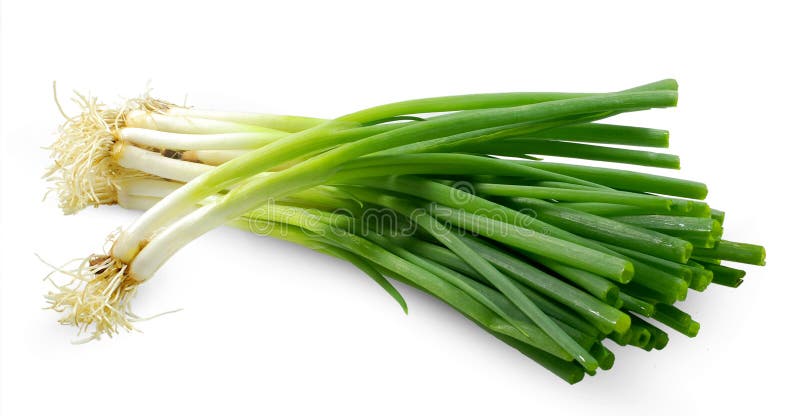
Last but not least, spring onions are yet another best vegetable to grow hydroponically. They are in fact young onions that you harvest before the bulb starts swelling and growing. A single pot can sprout dozens of them. You can harvest them every 3 to 4 weeks.
Conclusion
So these are our top 10 best vegetables to grow hydroponically. All these veggies are easy to grow and require a little attention. If you already have an up and running hydroponic system, you can grow these veggies to produce fresh and more than enough food for your family and friends.
However, these veggies are just a tip of what you can grow with your hydroponic system. You can start growing these vegetables and as you gain more knowledge, you can try growing herbs, fruits, or anything else you want.
Read More
